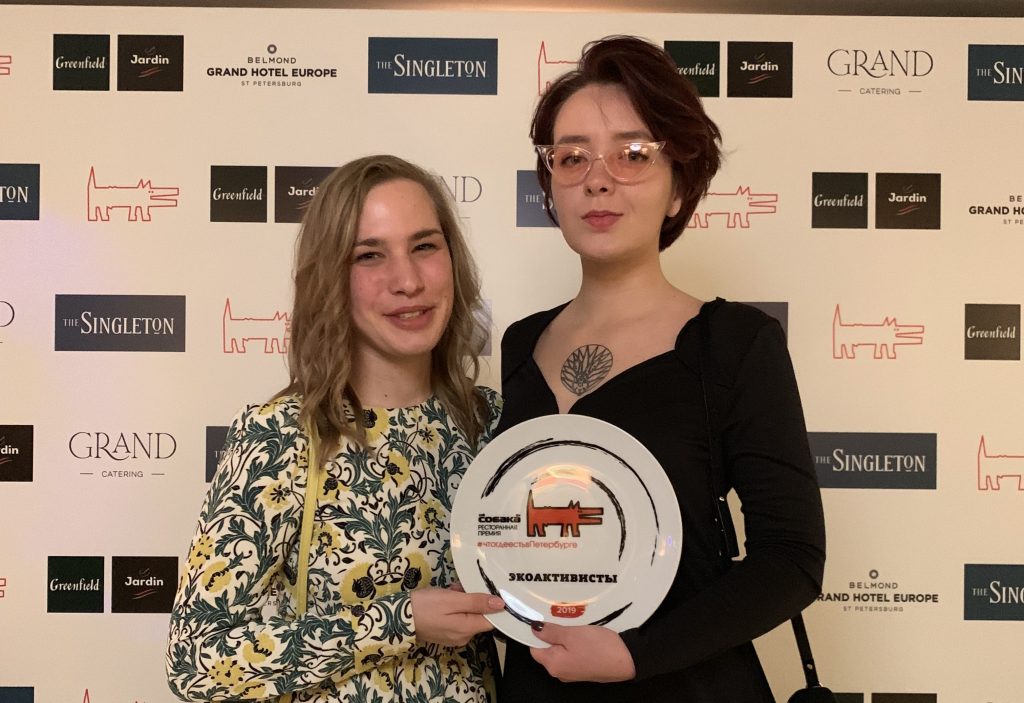Anastasia Selezneva: Think globally, act locally - a grassroots approach to generate social change
Anastasia has long been interested in environmental sustainability and is today involved in many activities to promote these values. However, after studying Environmental engineering in St. Petersburg, she was deeply demotivated and could not imagine that change towards sustainability was possible in Russia. After spending some time in Finland and learning about social entrepreneurship as a grassroots approach to lead social change, Anastasia started two start-ups. The first, ‘Green Glass’, is a studio where she creates decorations and art installations from recycled glass. The second is as organiser and coach of interactive workshops using the Global Goals Jam methodology to support companies or organisations act on the sustainable development goals (SDGs). Anastasia is also contributing to an exhibition about waste in Russia for the new ‘mobile’ contemporary art museum.

By Alberto Giacometti, Nordregio
Journey
Having studied environmental engineering at St. Petersburg Mining University, Anastasia was sure she did not want to work with ecological issues. She was demotivated as it seemed “hopeless to introduce positive change in Russian industries”. However, moving to Lappeenranta, Finland to study a masters on sustainable development and business opened a whole new world to Anastasia. She got inspired by how things work in Finland where human activity seemed to coexist with the natural environment. The high degree of respect to nature is translated into concrete measures regulating waste management and ensuring the reutilisation of waste resources. She met many people working with these values, and it was then that she discovered the Agenda 2030. “I thought it was a beautiful concept; it was eye opening” - she recalls.
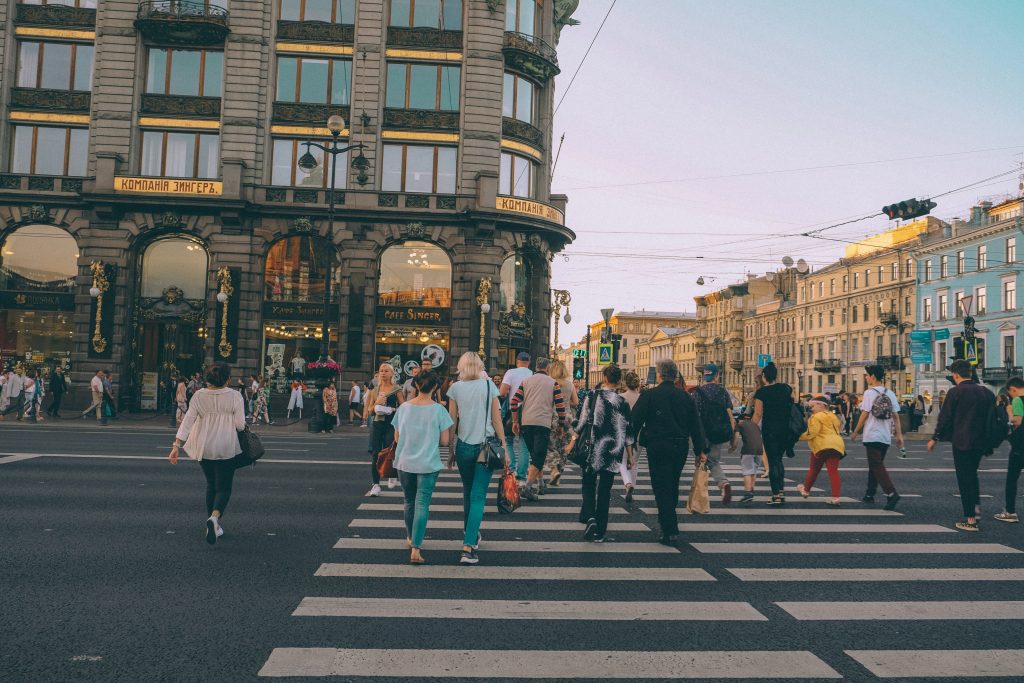
While top-down change in Russia seemed unthinkable, Anastasia realised that she could do her part and have a positive impact by working grassroots with like-minded people. Anastasia came across the concept of social entrepreneurship, which is based on the premise that individuals, as well as organisations and companies, can be agents of change. Leading by example, social entrepreneurship offers the potential of solving community-based problems. Anastasia found this idea immensely empowering, since it meant that she could earn a living while generating positive impact on society and the environment.
“I wanted to promote the Agenda 2030 so started looking for other groups working with it in Russia”. Anastasia spent some 4 years looking for “the right language to speak about sustainability in Russia” and figuring out ways to pull her ambitions through. Then, “just by meeting people at the right time and context things started to work out”.
By the end of 2018, Anastasia, together with ‘El Copitas’ bar and bartender Zhenya Zarukina, launched the #formemorychallenge urging bars in St. Petersburg to start sorting waste and send glass for recycling. They had no idea whether this would catch any attention from other bars, but when the two met, they “saw the possibility to make even a small impact”, they decided “to act from their beliefs”. However, they received overwhelming attention with some 40 establishments interested in participating within a month. “Without much financial calculations, we just identified the reception points, a driver to work night shifts, and started the car” recalls Anastasia. This eventually gave origin to ‘Green Glass’.
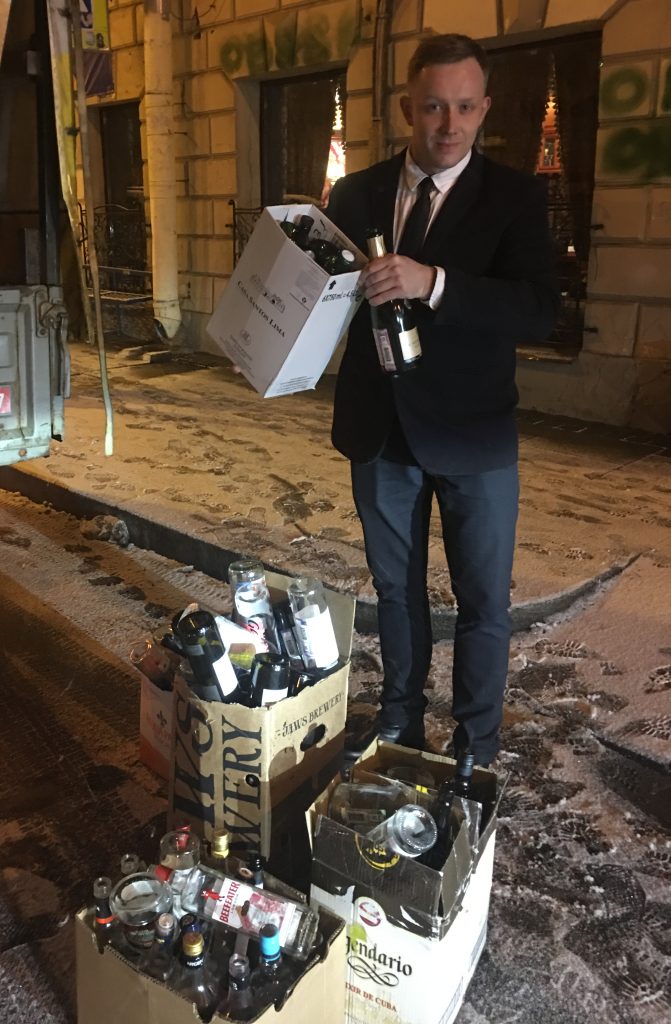
‘Green Glass’
‘Green Glass’ is a brand and studio where Anastasia and glass-master Svetlana, create interior decorations and art installations from recycled glass. With this initiative, Anastasia, and team “want to show the beauty of this material and show others how recycled glass can be used”. Moreover, they hope to get more craft makers and industries working with recycled materials.
After the unexpected success of #formemorychallenge, Anastasia was figuring out what can be done with all the glass collected. She started to make plates and glasses, but soon came to realise that producing and delivering glass products made of recycled glass came at a higher cost than the new ones. Recycling stations are generally in remote areas outside the city, and thus transport cost would exceed the benefits. Therefore, Anastasia had to think of something different.
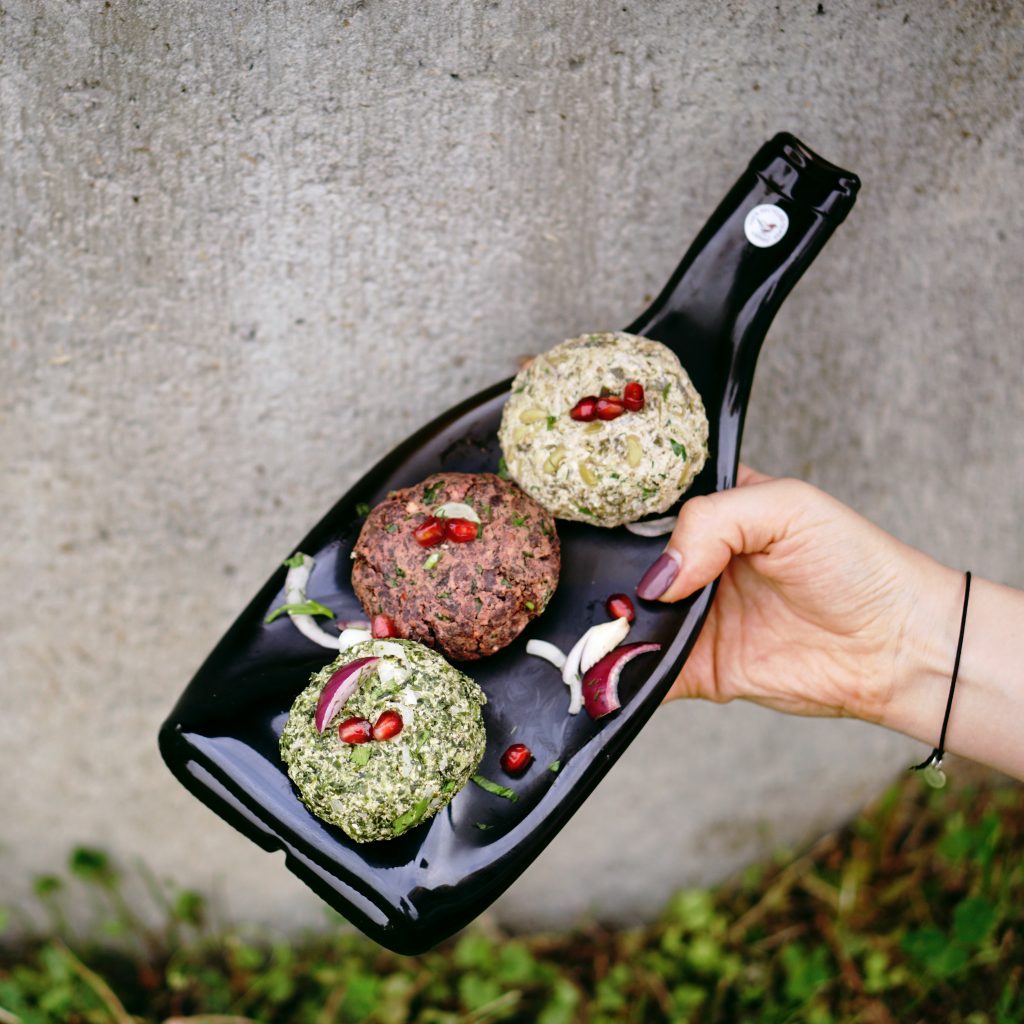

“Glass is a beautiful and versatile material that could be given a new life” - Anastasia thinks. Indeed, she believes that recycled glass can be even more beautiful than new one. Therefore, Anastasia teamed up with Svetlana, an artist who owns a workshop in Vasilievsky island in St. Petersburg, where she had small fusion ovens with the capacity of melting bottles and giving them different shapes. The idea was to make decorations and different art forms, but also to create a movement. In her words: “we want to create a trend, not just a business for ourselves; we want to show that anyone can do it”. Therefore, they “organise workshops for people to learn about this art activity”.
When the uninvited Covid-19 virus made its appearance in St. Petersburg, as it did in every corner of the world, people were suddenly challenged with finding new activities to distract them from isolation. That’s when the ‘Green Glass’ team came up with the idea of making ‘mosaic kits’ for people to spend the lock-in making creative art forms with small pieces of recycled glass. The kit contains many pieces of recycled glass pebbles of the chosen colour, a piece of plexiglass of a chosen shape as the basis, a print to use as template, clear drying glue and a wooden stick to apply the glue.The ‘mosaic kit’ is based on a‘do it yourself’ concept, which seeks to stimulate people’s own creativity and ability to do practical things for themselves. “In just a few hours you can make a beautiful mosaic decoration, a ‘suncatcher’ that looks amazing hanging at a window, chandelier or doorway”. Anastasia concludes that “such hand made craft is easy for anyone to do as no special knowledge or skills are needed”.
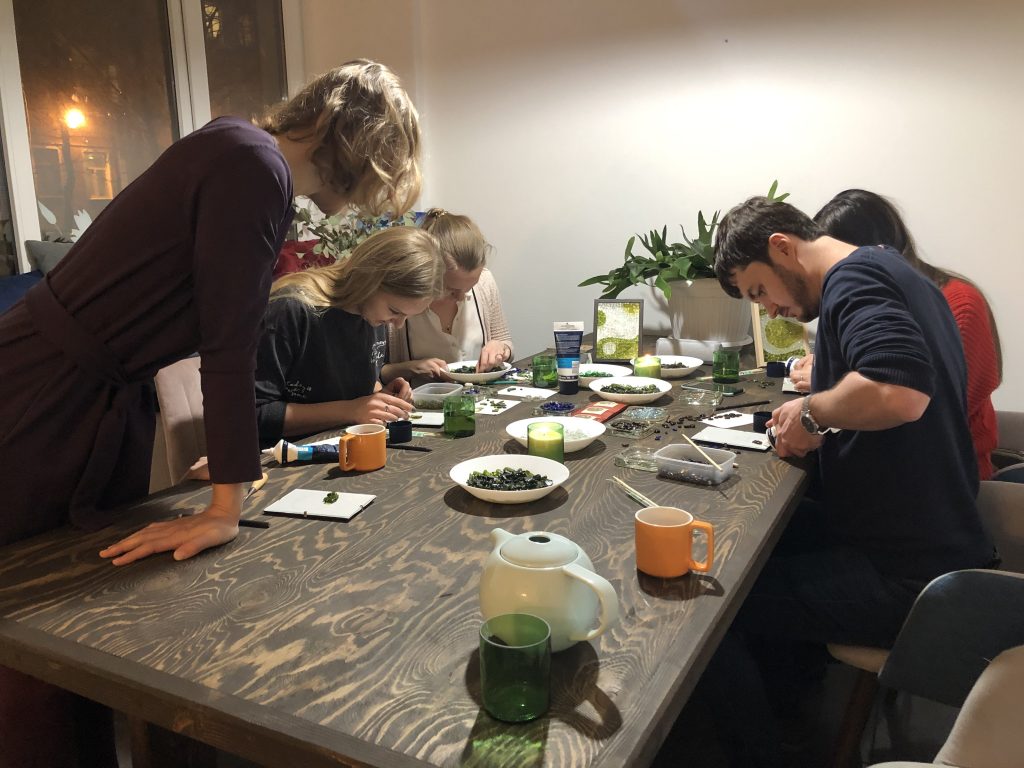
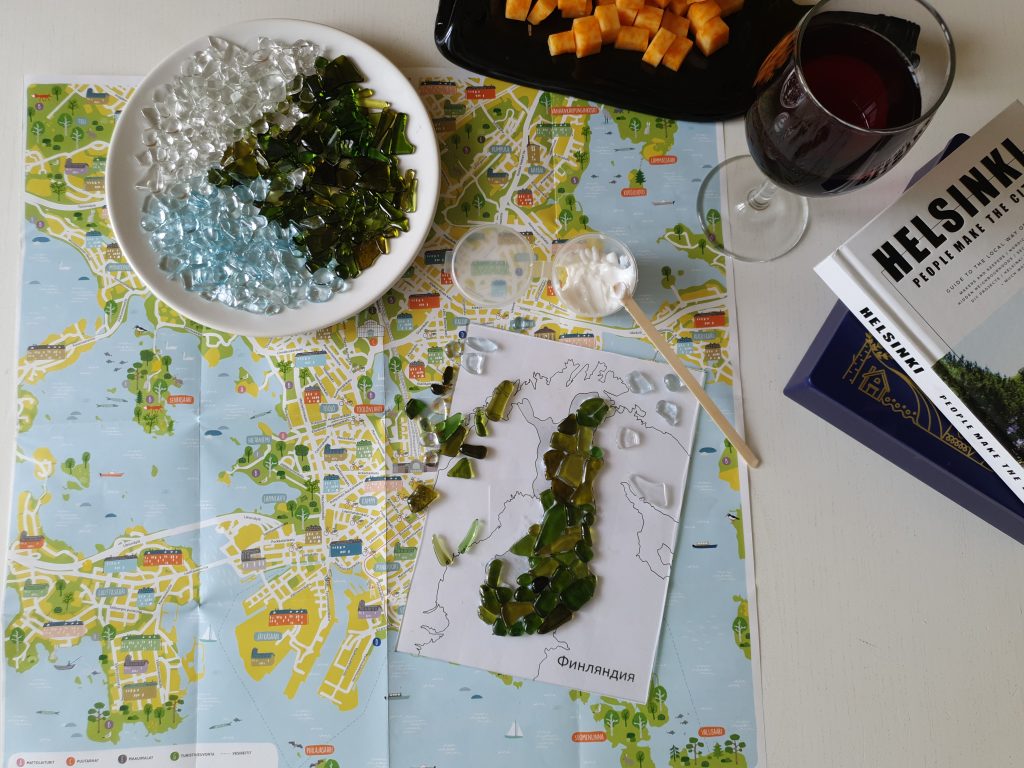
‘Green Glass’ has successfully caught many people’s attention, and now they are looking forward to establishing collaborations with designers and artists.They are also expanding their capacity to melt up to 40 bottles at the time. However, they are looking for other workshops to help them process the large stock of glass collected.
‘Global Goals Jam’: a methodology to help people apply SDGs
Anastasia is also active as a coach and facilitator in workshops using the ‘Global Goals Jam’ methodology to help companies and organisations act on the Sustainable Development Goals (SDGs).
The GGJ was initially developed by the Digital Society School (DSS) based in Amsterdam in collaboration with UNDP to generate a common language around the SDGs. Since then, “thousands of change makers” have used this methodology and are part of a growing learning community around the SDGs. GGJ is meant to stimulate grassroots initiatives, therefore, volunteers can request the toolset – ‘jamkit’ – to organise and host events in their local communities. The ‘jamkit’ was designed to provide a standardised set of tools to facilitate workshops that follow a common procedure and documentation.
Victor Chistyakov, first brought the GGJ methodology into Russia in 2017. After that, Anastasia and Antonina, a sustainable development specialist, joined him. Together they host events for interested groups.
The original format of the GGJ methodology is designed to gather many people. However, not many people know about the Agenda 2030 and SDGs in Russia. Therefore, they have adapted the format to use it in small groups. “We have to start from scratch” Anastasia notes. Nevertheless, even if small, there is a community in Russia who works with sustainability. There are also several international companies with a presence in Russia that are more aware of the SDGs and are interested in learning more about how to integrate them in their work. “Many of them do not know how to apply the SDGs”, Anastasia notes - “so we propose to organise workshops that would help them find out solutions they can work with”. Yet, most of the time they do not work with established organisations but with small communities within a sector that share common values.
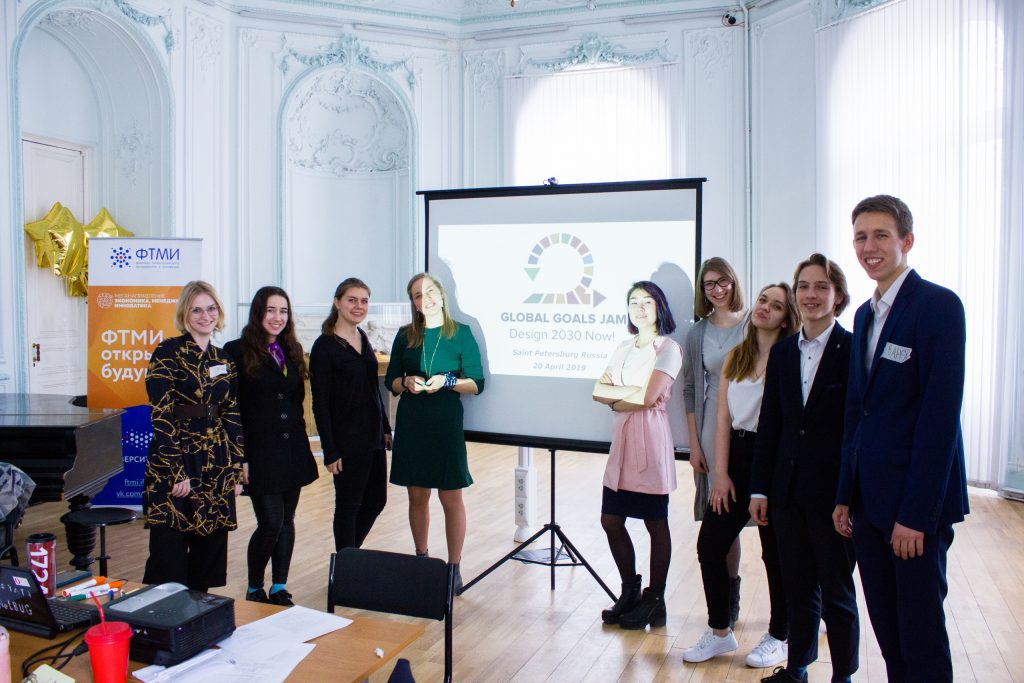

The workshops have a duration of 4 hours or 2 days depending on the goal. The group is guided to investigate one or more SDGs and then to come up with different solutions that can lead to solve concrete issues. Anastasia explains that “one person or business alone cannot do much, but together then can do something”. But to do that, “they need an instrument and a common language, so that they come with a problem that they would like to find a solution”. By applying the GGJ methodology, the team helps “them design workable solutions for problems specific to the sector but connected to the SDGs”.
For example, the team run one GGJ for a business community within the hospitality industry, who wanted to find more sustainable solutions and cooperation possibilities within the sector. The event gathered around 30 participants, including café owners, experts, the local deputy, eco-bloggers, journalists, and NGO leaders. “In the end, the 4 teams came up with 4 different projects such as an eco-communication program for cafés and a manual for sustainable practice for cafés”.
GGJ is also popular among students during SDGs promotional events offered by universities. “This is a good tool to introduce the Agenda 2030 to students and help them turn theory into practical thinking that can solve local problems”.
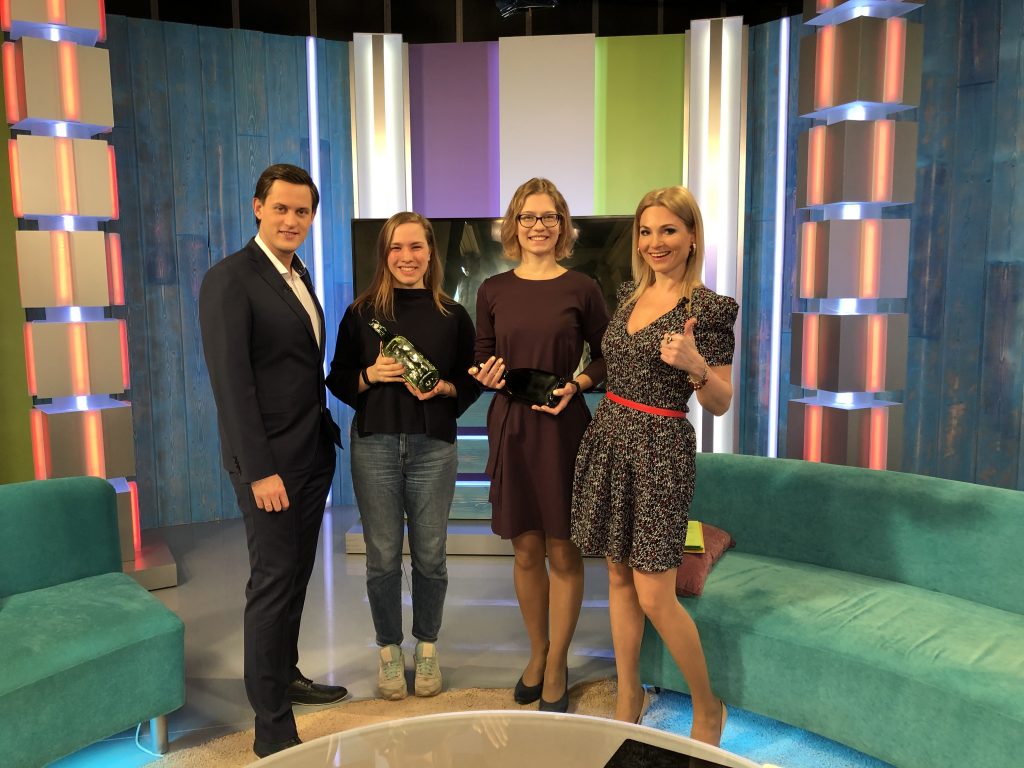
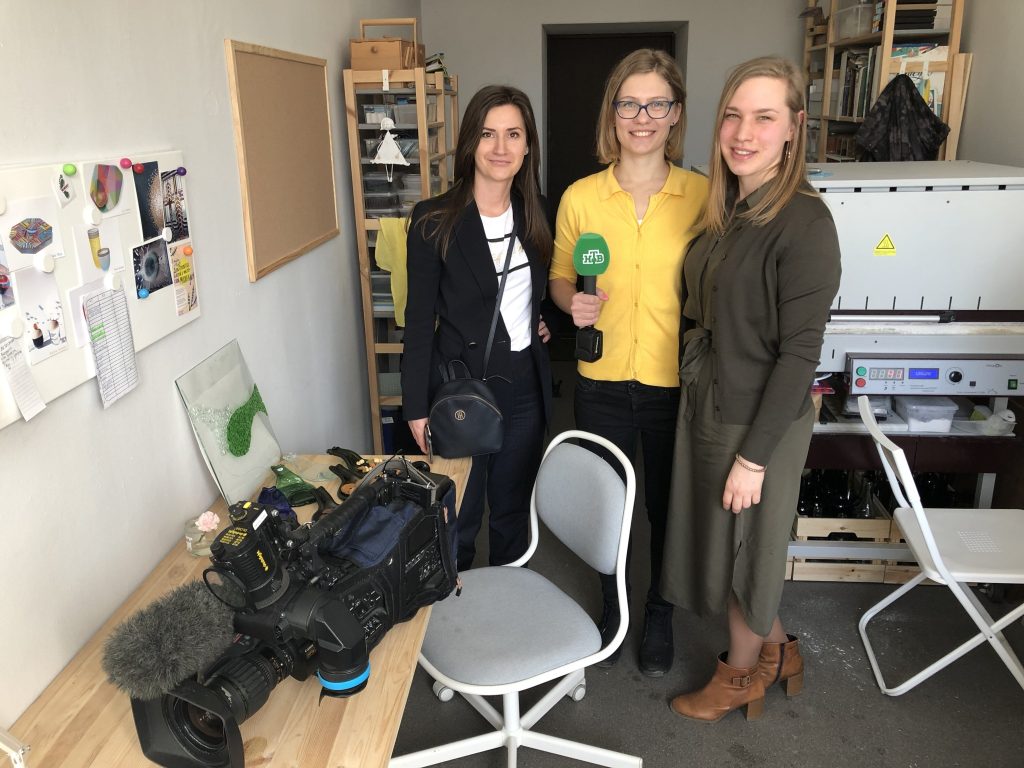
Challenges
Anastasia has experienced a lot of rejection from people who do not see the importance of environmental sustainability. “Many people take it as a whim – do not take it seriously, and unfortunately this is the majority” she emphasises. However, Anastasia has found a way through to generate awareness of environmental concerns and promote sustainability. Rather than denunciating bad practices, she is focusing on social entrepreneurship – leading by example and spreading the word. Teaming up with like-minded people has also been a way to support each other and expanding the network.
Furthermore, Anastasia sees that the rise of social media is giving voice and empowerment to those who are concerned about environmental issues. According to her, “there are many young like-minded people in Russia who have started to act on their beliefs, and would like to do more about it but are just waiting for the government or businesses to do something”. However, with the help of social media, Anastasia can lead by example, and “show how is it possible to do things differently in a bottom up perspective”.
Next steps
Right now, Anastasia is engaged in a project with the contemporary art museum to create an exhibition about waste. The museum is conceived as a mobile exhibition built of modules that can be disassembled to be then reassembled in different locations. The intention is to move around Russia and raise awareness of how waste is perceived in Russia and the opportunities of reusing valuable resources, which today are sub-utilised and quickly disposed.
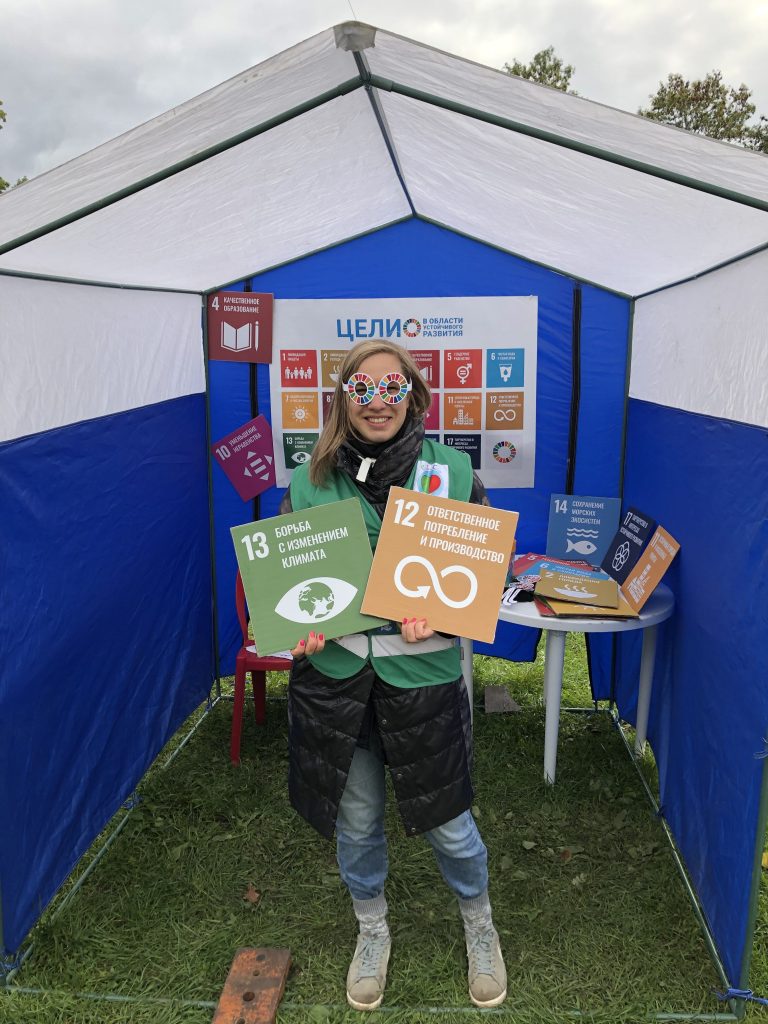
Furthermore, Anastasia’s aim with ‘Green Glass’ and Global Goals Jam is to generate a movement. She wants to show others how things can be done differently, and that this transition is not limited to Russia but is part of a global trend. In her words: “we want to show that caring for our environment is chic, and waste recycling is not a hippie whim, but that circular economy is the future”.
Photos: Anastasia's archive.
